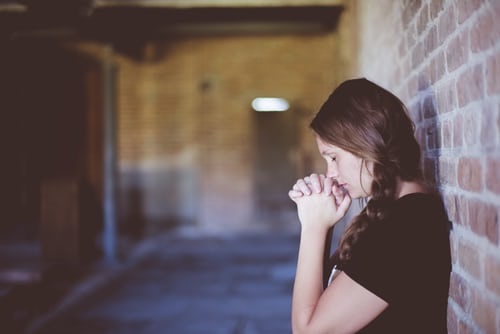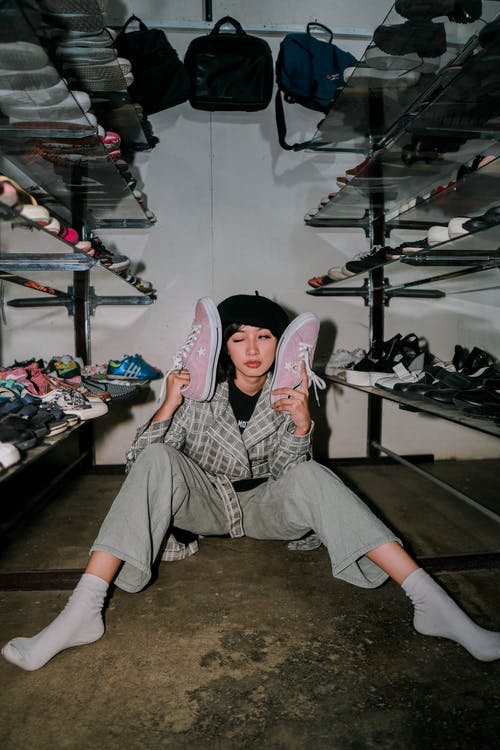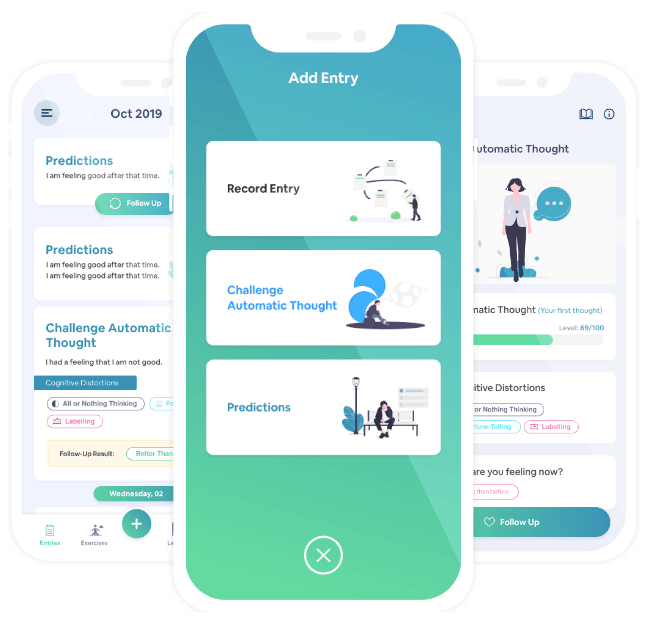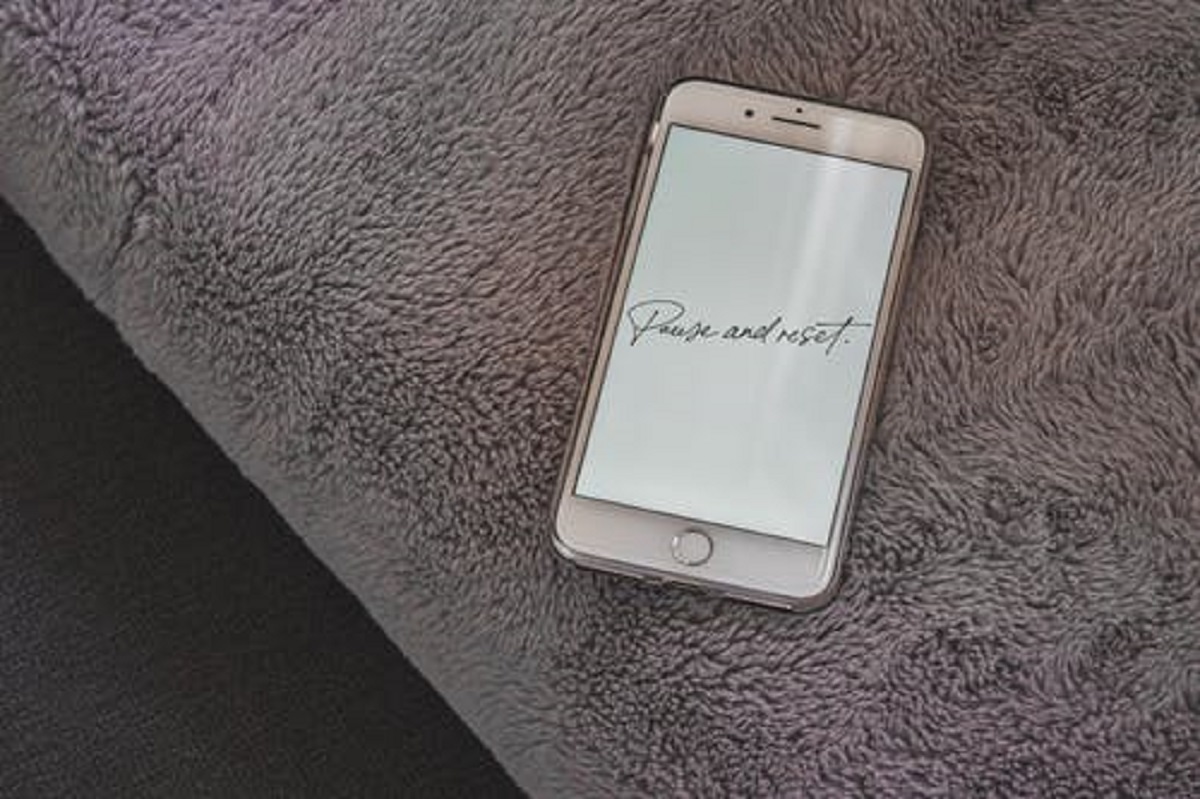“Picture standing in a room filled with flies and pouring a bottle of syrup over yourself. The flies constantly swarm about you, buzzing around your head and in your face. You swat and swat, but they keep coming. The flies are like obsessional thoughts — you can’t stop them, you just have to fend them off. The swatting is like compulsions — you can’t resist the urge to do it, even though you know it won’t really keep the flies at bay for more than a brief moment.”
Oh yes, I am referring to OCD here- “Obsessive-Compulsive Disorder.”
Everyone experiences doubts, worries, or fear from time to time. It is natural to be concerned about your loved one’s health, future plans, or some day-to-day issues. An intrusive thought once in a while is absolutely normal- It is not OCD!

Stream of obsessive thoughts, impulses, compulsions (often referred to as mental rituals) that are hard to suppress and consume a considerable amount of your time and energy is OCD.
OCD is a severe mental health problem that has primarily two kinds of symptoms- Obsessions & Compulsions. These symptoms can impair an individual’s social, professional, personal aspects of life, and cause significant distress.
Cognitive Behavioral Therapy for OCD
CBT is a therapy that helps individuals cope with disturbing thoughts, emotions, and behaviors. For dealing with OCD, CBT adopts a specialized type of method called Exposure and Ritual Prevention. The treatment is designed to break the bond between your feelings of anxiety and ritual behaviors. It trains an individual not to ritualize whenever they experience anxiety. Exposure and Ritual Prevention is split into three components-
- Vivo Exposure,
- Imaginal Exposure,
-
Ritual Prevention.

What is Vivo Exposure?
OCD persuades people to avoid all sorts of places, persons, and objects that trigger anxiety and results in obsessions and/or compulsions. This way, the sufferer never has the chance to find out what would really happen. In CBT, people are asked to do the opposite of avoiding situations. It makes a person confront the feared situation in real life, under Vivo exposure methodology. For instance, a person believes that they are at risk of dying from contamination (from germs on the toilet). In treatment, the person is asked to put their hands down in the toilet. This experiment gives the person a shred of evidence that their thoughts have been lying, and there is no need to avoid such situations for no reason.
Try Imaginal Exposure
It is nowhere possible actually to confront every feared situation and perceive consequences. For instance, a person may fear their house burning down to ashes if they don’t check the iron is turned off 20 times. In this situation, the house can’t actually be burned to make the person confront their fear. Instead, the person is asked to visualize the harm in their mind, which is also known as imaginal exposure. The individual creates detailed images of the disaster in their mind, instead of avoiding and ritualizing. Similar to Vivo exposure, obsessional distress gradually decreases under this practice.
Practice Ritual Prevention
Whenever a person with OCD has obsessive thoughts or encounters a feared situation, they become anxious and feel compelled to perform rituals to feel less distress. Exposure therapies, as discussed above, can also urge a person to ritualize under distress. This is where ritual prevention comes into play. The treatment is incomplete without this practice, as it helps a person break the pattern of ritualizing. Rituals are challenging to stop as they bring relief from anxiety; however, in CBT, the person is taught how to stop rituals and learn effective ways of coping with your negative behaviors.
Treat OCD with CBT Companion
We have discussed the intricacies of the topic; however, OCD is a much deeper subject. Sometimes it takes years to overcome these compulsions and obsessions (if not rid of them altogether). CBT persuades a person to understand the root cause of thoughts and teach them coping methods that affect in a more extended way. This therapy can be practiced as many times as you feel, due to the absence of side effects.

CBT Companion is a comprehensive behavioral health platform that helps you learn about CBT techniques, challenge negative thoughts, track emotions and activities. When diagnosed with OCD, you need to consult a therapist, and CBT Companion enriches your engagement with the expert. Equipped with easy to follow video lessons, exercises, mood tracking journal, a strong community- the app comes handy in coping with OCD symptoms.
If you haven’t already tried this feature-rich popular application, then click here.

